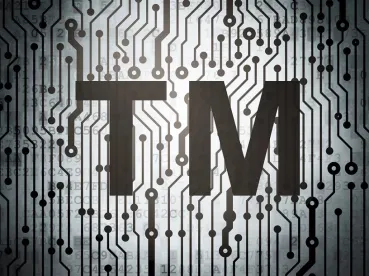There are refusals, and then there are refusals, and a “likelihood of confusion” refusal (also called a “Section 2(d)” refusal in the US) is certainly of the latter variety. But most times you don’t need to be an expert navigator to traverse these choppy waters and successfully sail your application through to registration. All it takes is a little bit of “pathfinding” (investigating) on your part, and “charting a course” (developing a strategic approach) for moving forward.
And then I ran out of explorer metaphors.
As consolation, here are some thoughts about how to approach and respond to these kinds of refusals, which are among the most daunting. Some, but not all, of the tips below apply equally to “likelihood of confusion” refusals encountered in the USA and in trademark offices abroad.
-
Identify all third-party marks upon which registration has been refused. This seems obvious, but it is nonetheless very important to do, primarily to avoid getting “tunnel vision” (i.e. focusing exclusively on the one citation you are sure you can overcome, and losing sight of the fact that even if you were to succeed, the other citations would still block your application).
-
Identify all the vulnerabilities of the cited marks. A trademark lawyer can be helpful with this task, but there are some obvious ones. Are you the prior user in a jurisdiction where “first use” determines trademark rights? Do you have priority in other jurisdictions you can use as leverage? Is the cited registration expired, and due to be removed from the register soon ? Is the cited registration vulnerable to non-use attack?
-
Identify the steps needed to exploit these vulnerabilities. In other words, can you simply wait for the trademark office to take action that may remove the obstacle, or will you need to make an affirmative filing? If your application is blocked by a third-party pending application, is the third-party application also facing obstacles? Will the third-party applicant need to prove use of its mark prior to registration? Can action on your application be suspended in the meantime?
-
Consider response options. Once your assessment is complete, decide whether to initially argue against the refusal by distinguishing the marks or amending your application (taking into account whether this might undermine your own future enforcement efforts, and whether you’d get another shot at responding if you failed). Or should you take other steps, such as seeking consent or formal coexistence from the cited mark owners (possibly risky unless you have leverage), or directly attacking the cited registrations (costs can vary wildly by jurisdiction, and keep in mind point #1 above about “tunnel vision”)?
Although each situation is unique, and although the availability of response options will differ by jurisdiction, the above steps form a good basic “mental checklist” for approaching these kinds of refusals. For especially complex refusals involving multiple marks, sometimes calling in reinforcements – a trade investigator to look into the current use of a particular mark; a search company to see whether a certain word or phrase is in widespread use; or a trademark attorney to lend a hand – can help secure your application safe passage (who was I kidding about quitting the metaphors, honestly?) to registration.




 />i
/>i

